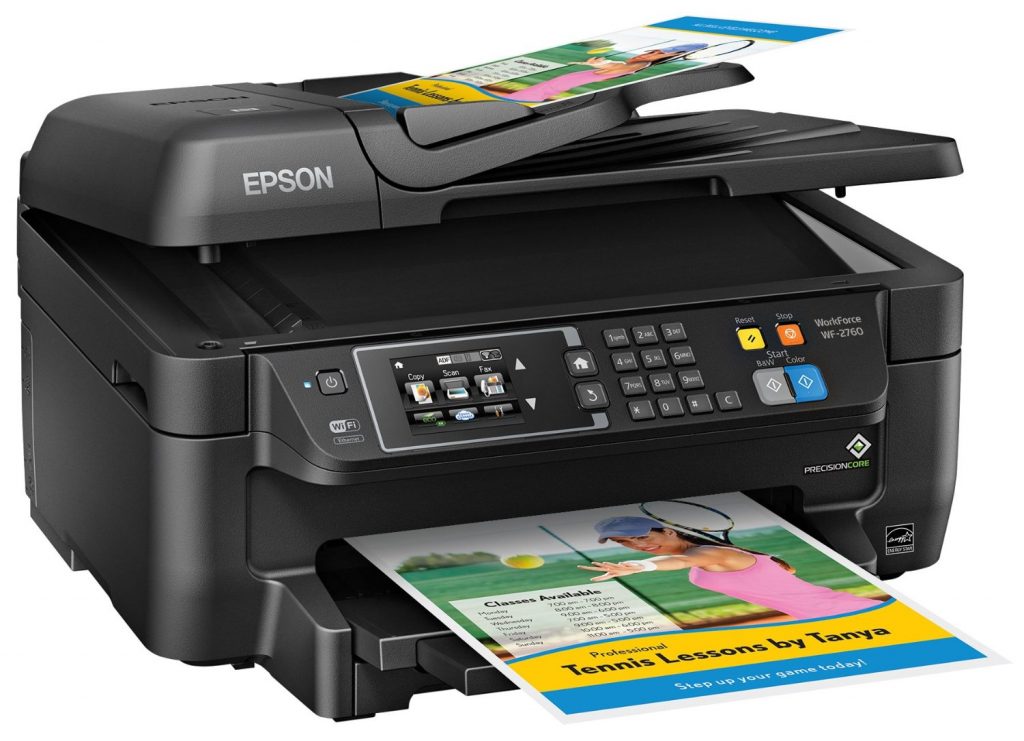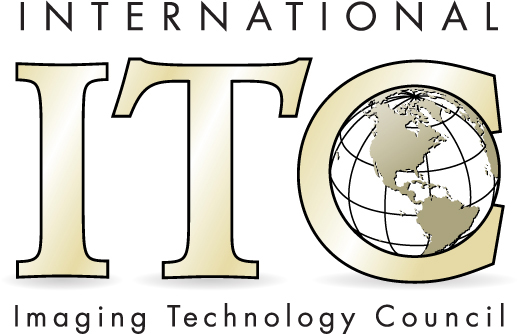Inkjet Wholesale News aims to provide updates on the latest significant occurrences in the field of printing. Whether it’s the launch of a new technology or volatility of market prices, we’ll be here to give you the lowdown on what happened, when it happened, and what it means!
OEM Introduces Epson WorkForce WF-2760 and WF-2750 for Home Offices
 In recent time, the vast majority of new launches have been in the commercial or office segment. When we write these articles for you, dear reader, it almost feels like most Original Equipment Manufacturers (OEMs) focus on only multifunction printer models. However, for once, we’re not here to tell you about a smashing new multifunction printer model released by a high flying OEM for businesses.
In recent time, the vast majority of new launches have been in the commercial or office segment. When we write these articles for you, dear reader, it almost feels like most Original Equipment Manufacturers (OEMs) focus on only multifunction printer models. However, for once, we’re not here to tell you about a smashing new multifunction printer model released by a high flying OEM for businesses.
Instead, we’re going to tell you about a smashing new printer model released by a high flying OEM for home offices. In fact, while we’re at it, we’ll tell you about two! Okay, that may be pushing it because both models fall in the same series. The new models we’re talking about are the Epson WorkForce WF-2760 and WF-2750.
Both these printer models are brand new. This means that they’re both based on the newest tech from Epson. This new technology is none other than Epson’s much celebrated PrecisionCore print heads. Epson markets its PrecisionCore print heads as the next generation technology. The claim from the OEM is that these print heads will give their inkjet printers laser like performance.
The PrecisionCore print heads in the Epson WorkForce WF-2760 and WF-2750 are based around the OEM’s specialised Thin Film Piezoelectric (TFP) elements. These elements are manufactured using semiconductor micro-fabrication techniques embedded in a MEMS manufacturing process.
The print heads in the Epson WorkForce WF-2760 and WF-2750 feature a MicroTFP print chip that can be arranged in multiple configurations. As important as this flexibility is that every nozzle on these print heads can churn out up to 50,000 droplets every second.
Essentially, what the PrecisionCore print heads of the Epson WorkForce WF-2760 and WF-2750 offer is better print quality (more droplets) and greater speeds. This means that with either Epson WorkForce WF-2760 or the WF-2750, you’ll be able to print monochrome documents at 13.7 pages per minute (ppm) and colour documents at 7.3 ppm.
While this new print head technology may be the main draw for many users, there are other features worth looking at as well. For example, the Epson WorkForce WF-2760 and WF-2750 printers boast of complete wireless and mobile connectivity. The printers can be used through all types of tablets and smartphones irrespective of the operating system loaded on them.
The total paper capacity of the Epson WorkForce WF-2760 and WF-2750 printer models is 150 sheets. Additionally, there’s also an Automatic Document Feeder (ADF) which can handle 30 sheets more. The printers also support automatic duplexing which can be very beneficial for cost conscious home entrepreneurs.
The economy aspect of the Epson WorkForce WF-2760 and WF-2750 printers is further augmented by the fact that it consumes 70 percent less energy than laser printers while providing the same quality and speeds.
It is also worth mentioning that the cartridge system of these printers is designed to support economy also as cartridges can be replaced individually as opposed to the whole set needing replacement if one colour runs out. The cartridges contain DURABrite Ultra instant dry inks which ensure smudge, fade, and water resistance.
As is obvious, the Epson WorkForce WF-2760 is the higher model of the two. The interface of the Epson WorkForce WF-2760 printer model revolves around a colour touchscreen measuring 2.7 inches in width. The WF-2750, on the other hand, only has a mono graphic display measuring 2.2 inches.
Impression Products Win Sees Lexmark Dispatch “Threatening” Letters to Remanufacturers
 Lexmark is having an incredibly eventful year. There were two reasons for this. The first was the acquisition of the OEM by a consortium and the other was its highly publicised legal battle with Impression Products. Last month, we reported on one of the biggest news of the printing industry – Lexmark’s acquisition by Legend, Apex, and PAG. The acquisition announcement came after an extended period of speculation where anyone and everyone even minutely connected to the printing industry was touted as possible buyer of Lexmark.
Lexmark is having an incredibly eventful year. There were two reasons for this. The first was the acquisition of the OEM by a consortium and the other was its highly publicised legal battle with Impression Products. Last month, we reported on one of the biggest news of the printing industry – Lexmark’s acquisition by Legend, Apex, and PAG. The acquisition announcement came after an extended period of speculation where anyone and everyone even minutely connected to the printing industry was touted as possible buyer of Lexmark.
One of the possible reasons why this acquisition took particularly long to be resolved was the legal wrangle with Impression Products. In fact, it wasn’t very long after Lexmark got a favourable decision that the acquisition process picked up pace. It was understandable too because Lexmark vs. Impression Products wasn’t just another lawsuit between an OEM and an aftermarket business.
It was far more important because of its possible repercussions for sectors outside of the printing industry. We even explained why the case was important. You can read the explanation here. The case was significant, which is why multiple multinational corporations such as Google got involved and even the US government played a role.
In fact, the US government has backed Impression Products by “urging” the US Courts of Appeals to reconsider the earlier judgment. Now, it seems the ramifications of that win for Lexmark and the reason for US backing for Impression Products are becoming evident.
It has come to light that Lexmark has started sending out “threatening” letters to remanufacturers that they’ve legally battled with in the past. Supposedly, the letters from Lexmark are quite aggressive and intended to find out if remanufacturers are following the law as set forth by the Federal Circuit of Appeals. The news came out through the International Imaging Technology Council (IITC) which has also filed a “friend of the court” brief in the Supreme Court regarding the decision made in the earlier case.
The earlier case in which Lexmark got a favourable ruling revolved around the OEM’s right to control its cartridges and what happens to them after the sale has already been made. Since the earlier ruling said that Lexmark has the right to control its cartridges after they’ve been sold, the OEM whipped up a “threatening” letter aimed at all the remanufacturers that it has legally battled in the past. Notably, the OEM is yet to send similar letters to remanufacturers that it hasn’t legally contested with in the past.
Leave a Reply